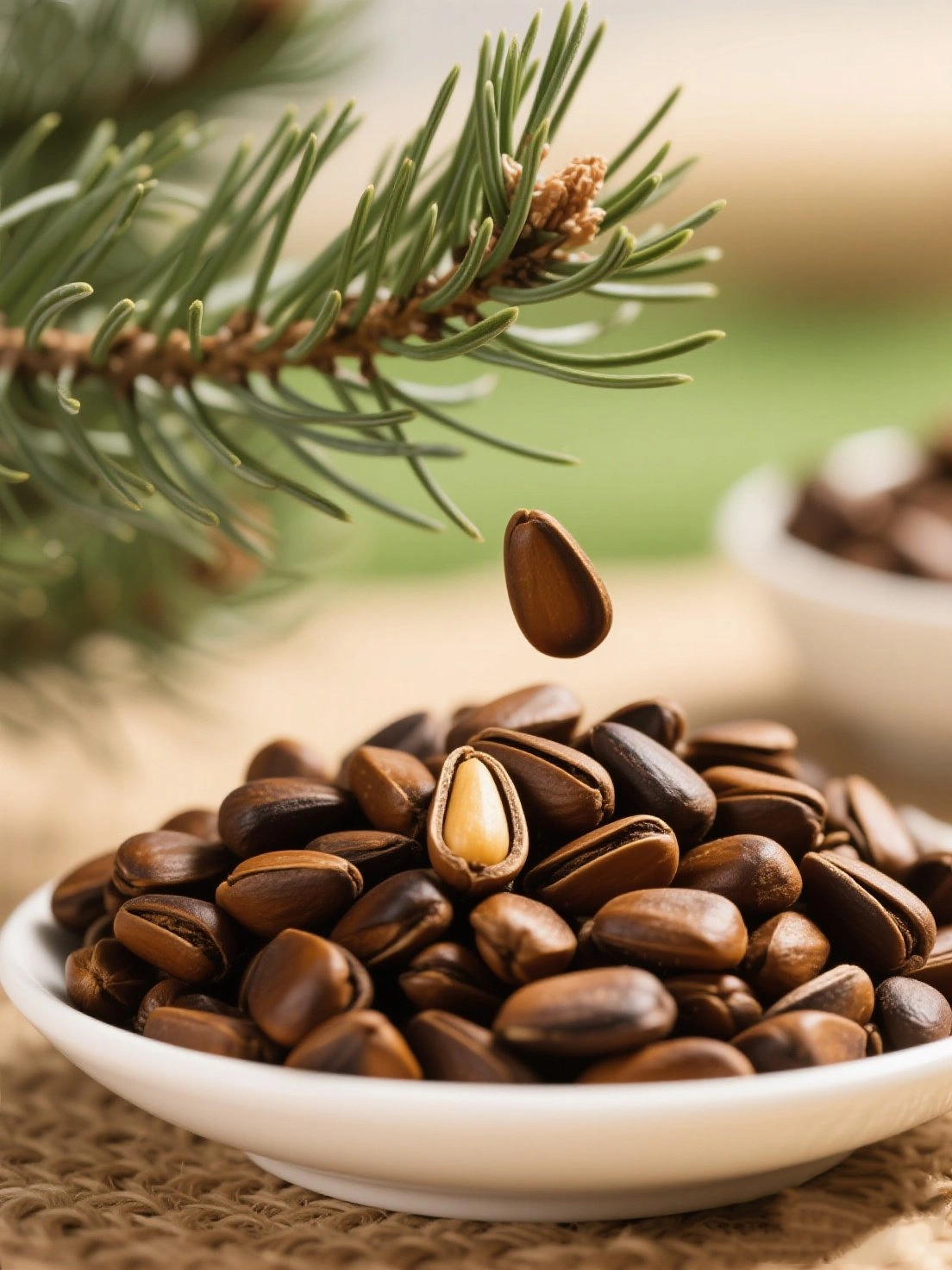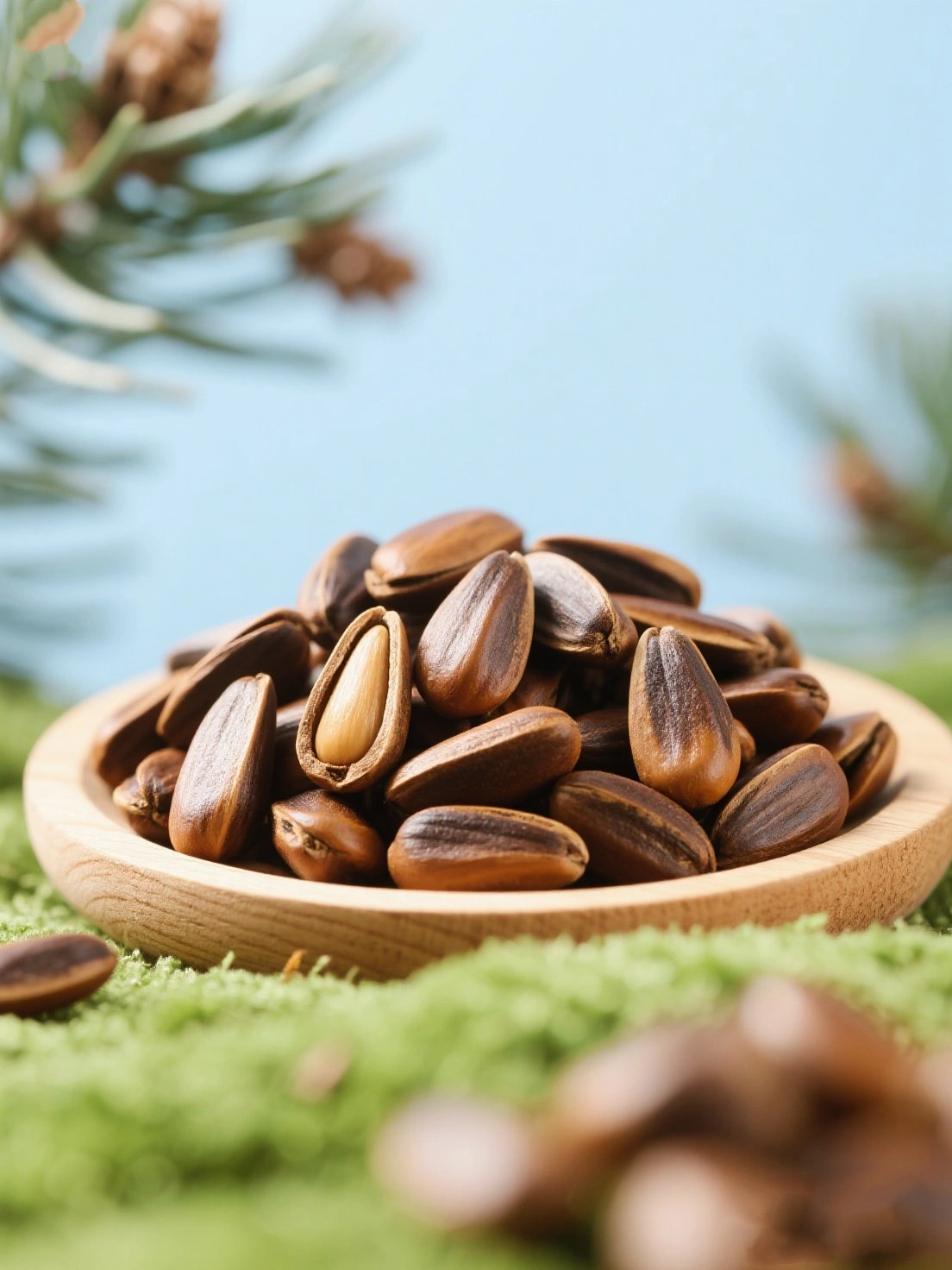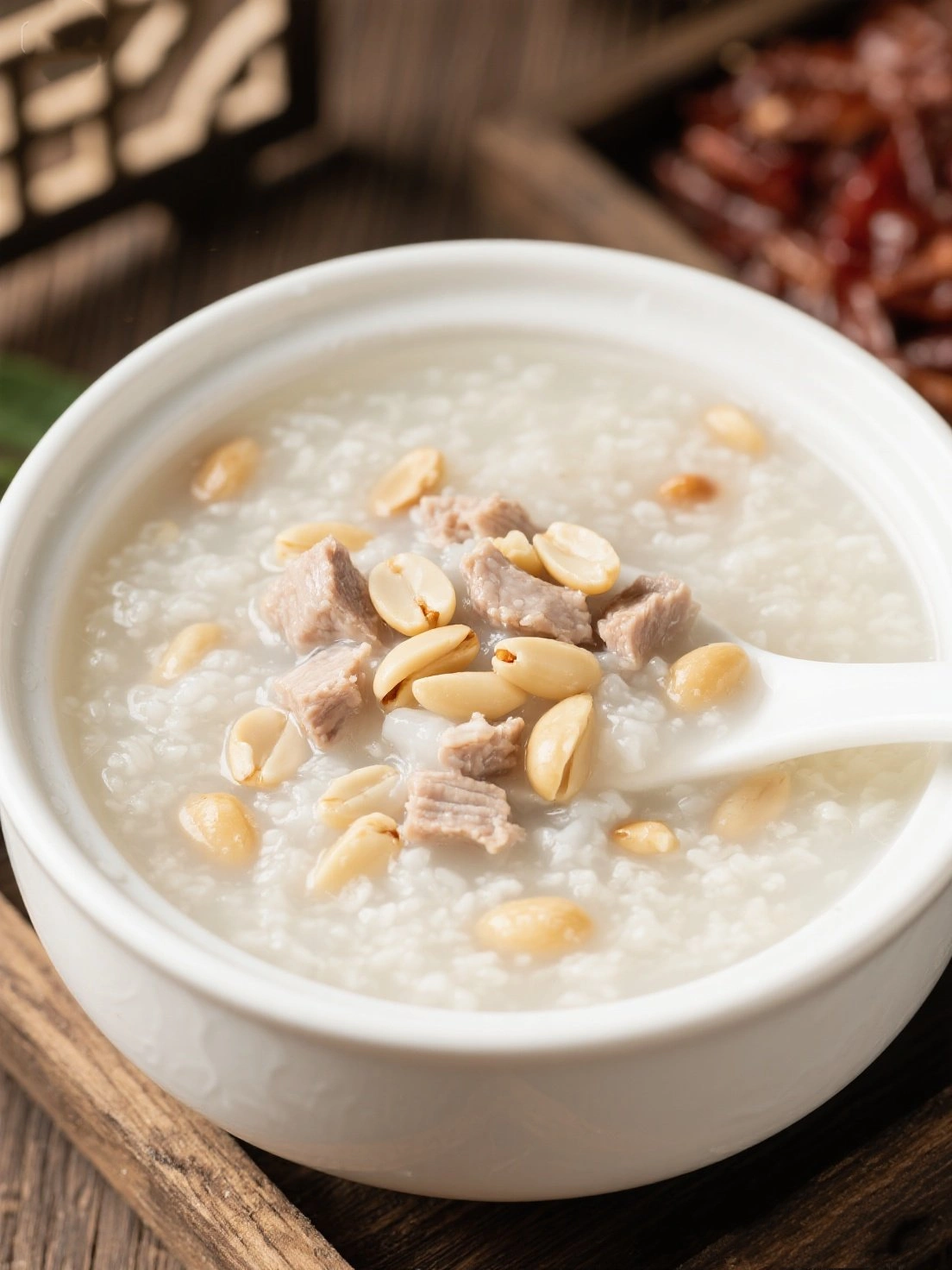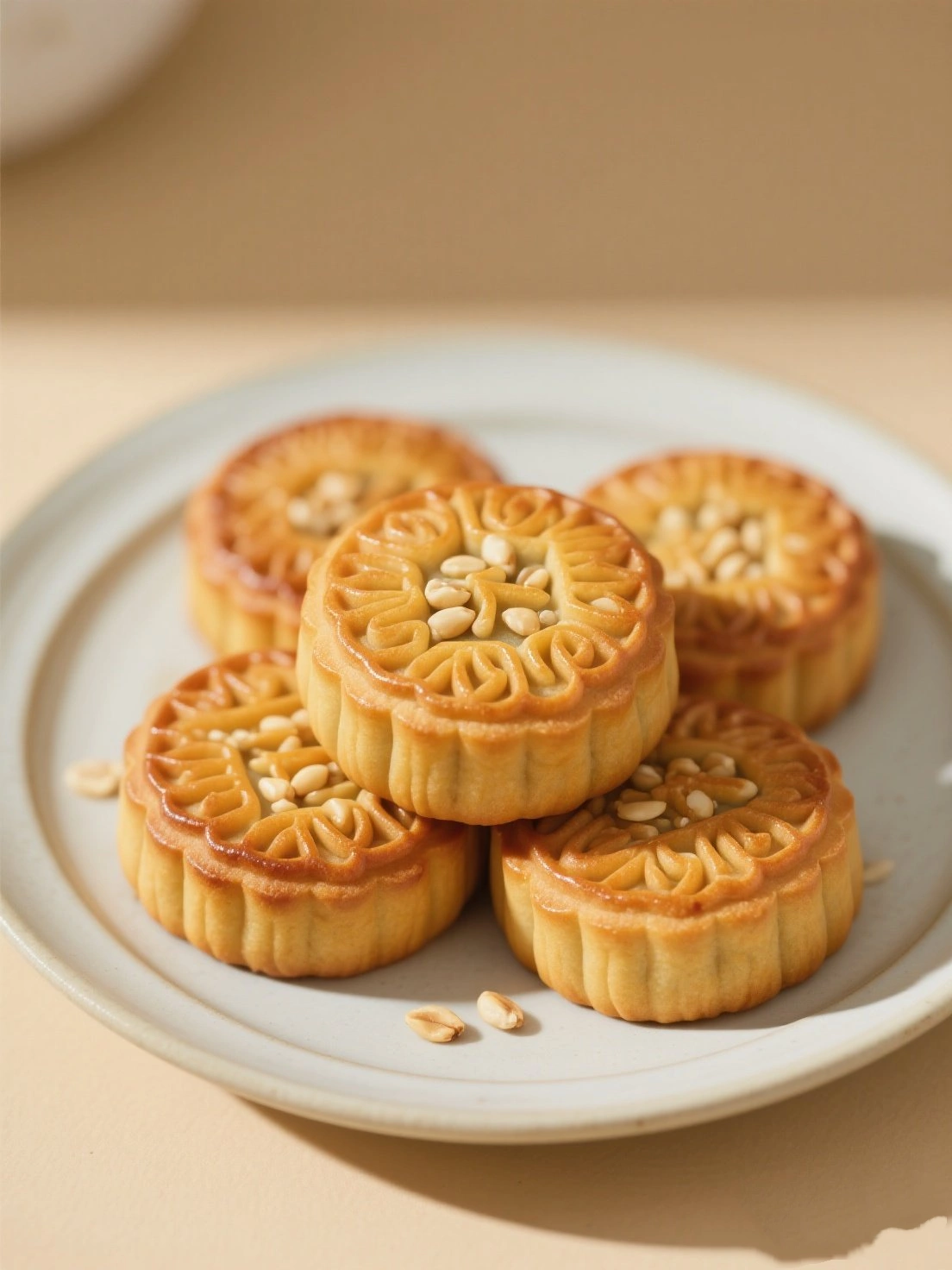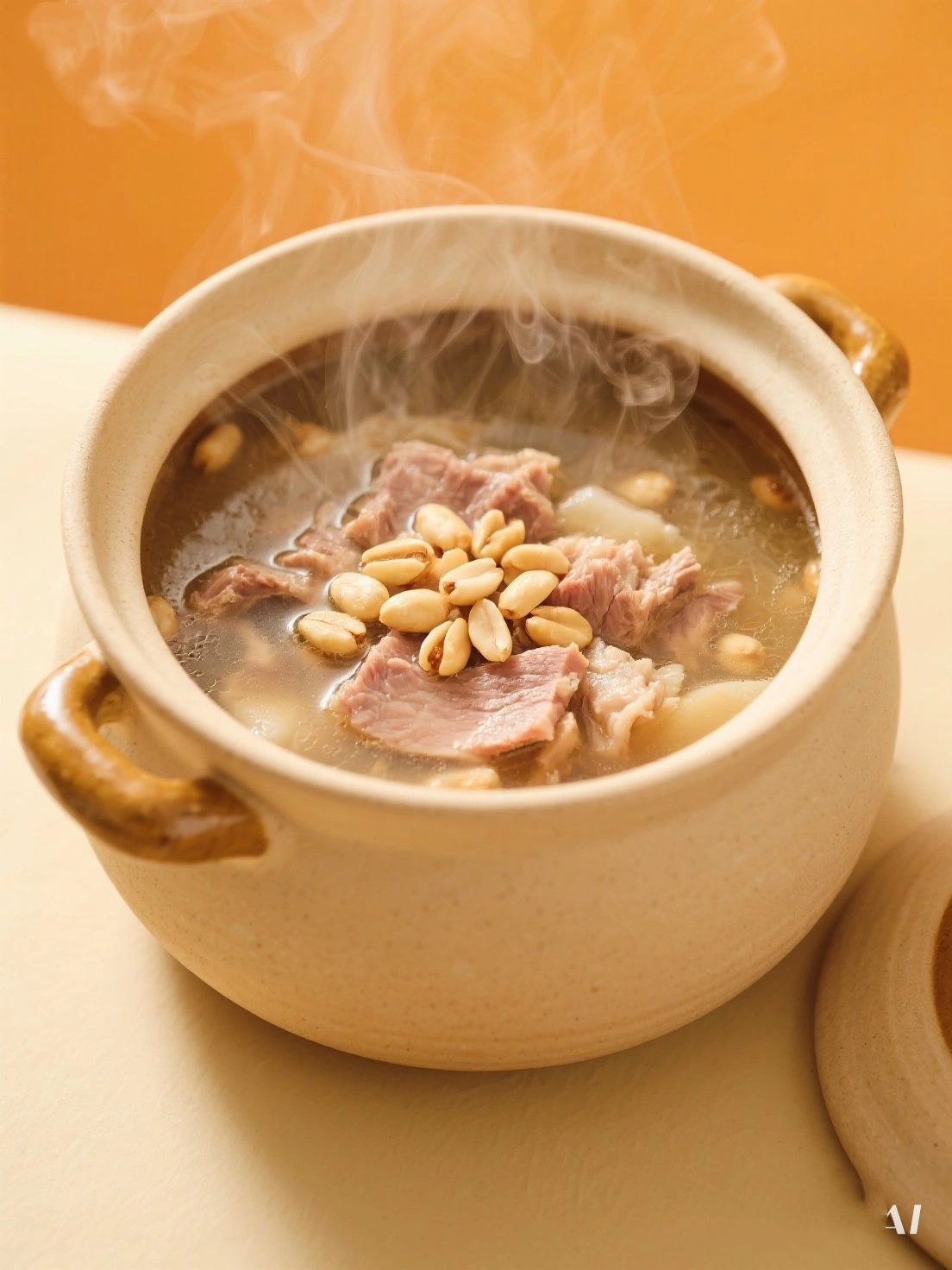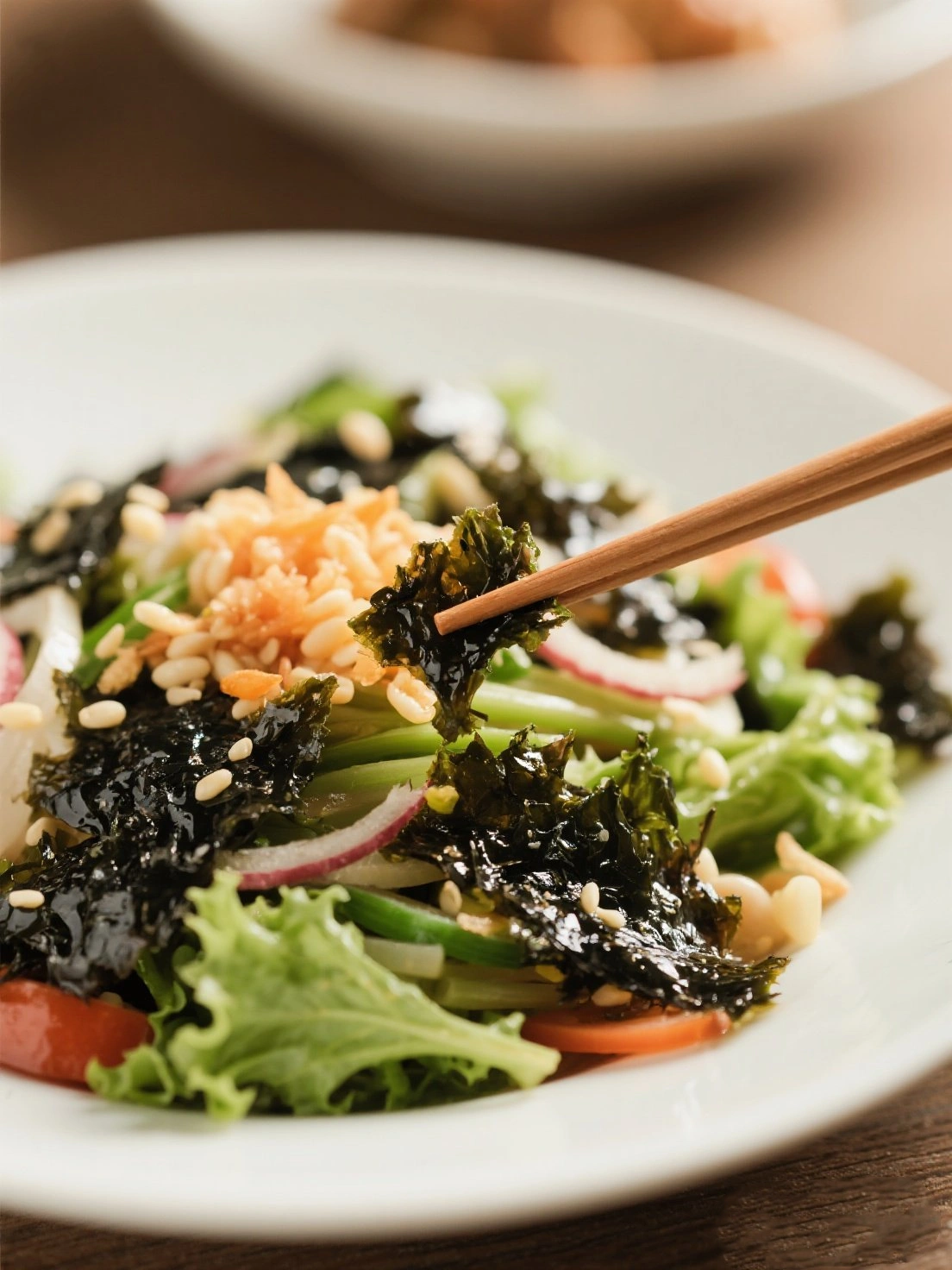Black pine nuts (黑松子), known scientifically as the seeds of Pinus koraiensis, are prized edible seeds harvested from certain pine tree species. These small, ivory-colored nuts have a distinctive teardrop shape and are encased in a hard black shell when raw, giving them their "black" designation.
These nutrient-dense nuts have been consumed in China, Korea, and Russia for centuries, valued both as a food source and in Traditional Chinese Medicine. The harvesting process is labor-intensive as the pine cones must be collected from tall trees and carefully processed to extract the precious kernels.
Black pine nuts are particularly associated with the cold northern regions of China and Korea, where the trees thrive in mountainous areas. The nuts have a delicate, buttery flavor with a slight resinous pine aroma, making them a gourmet ingredient in many culinary traditions.
